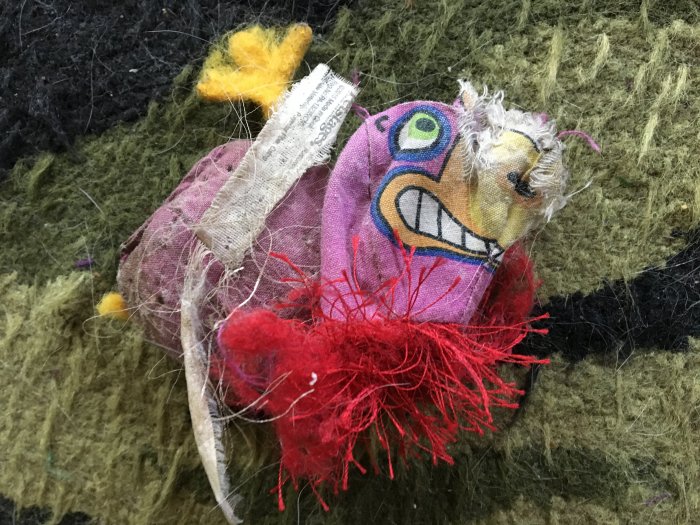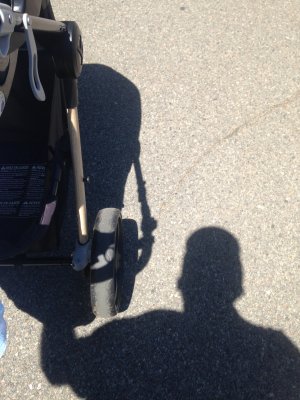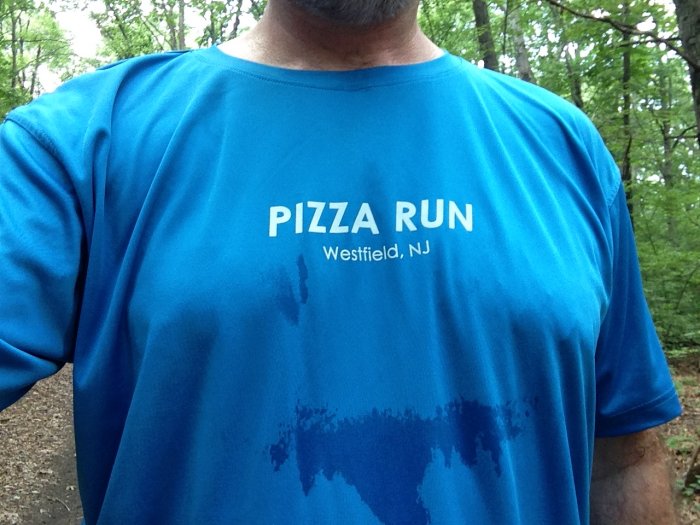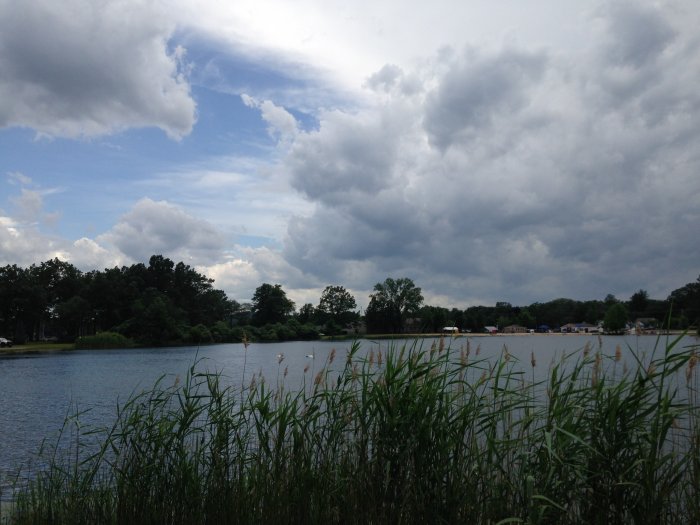The Dead Chicken



I am training for a 50K trail race which takes place 46 days from now. Today my training consisted of walking a baby in a stroller. Some days that’s all my busy schedule will allow.
I find myself falling into this rut of not doing any exercise on the days in between my running days. I know I should do a sit up once in a while or lift a weight or two. When feeling harried, as I often do, working out for 15 minutes, or doing a set of push ups a few times a day, seems insufficient. But then I do nothing at all to improve my fitness on those days. Talk about insufficient!
Today I thought, Why not go over to the park and walk for 30 minutes? So I threw the baby in the trunk and the stroller in his seat. Er… I went over to the park and walked around the lake three times for a little over three miles. That was way better than not doing anything just because I felt so taxed by the day.
I have a lot of work to do to get ready for the 50K. That’s 31 miles. Three miles of pushing a stroller might not be sufficient preparation for such a long race. But an hour of walking is more helpful than an hour of sitting on the couch fretting.

There are pine and maple trees outside my son’s home.
Listen to that sound.
It reminds me of the surf at the beach. After the waves break and the incoming water reaches as far onto the beach as it can. There’s a moment of near silence right then. The water retreats. You hear the sound of the foam bubbles popping, air bubbles releasing from the sand, water sinking into the sand. It’s similar to the sound of the wind in the pines.
It also reminds me of being at my Grandparents’ house when I was a kid. They had a row of very tall pines beyond the patio along the driveway. There were no sounds of traffic or neighbors where they lived on top of a mountain. I remember the sound of the wind in the pines there. I also remember climbing to the top of one of those pines and coming out covered with ticks. But the view of the adjacent mountains was fantastic.
I wish I had time to set out a chair and let the sound of the wind in the pines soothe me right now, especially on such a lovely day. But since I don’t, I’ll take a video to watch over and over later.
Join me.

It was a crazy day with storms rolling through one after another. They started mid-morning. I had thrown up my hands by then and said, “There go my running plans! They’re calling for storms all day and night now!” It rained HARD at that point. Streams of muddy water were rushing down the shoulders of our road. My plans were washed away.
However, the sun came out a few hours later. It was warm and windy, enough to dry the roads and sidewalks. I looked at the sky and thought, Maybe I can get a 30 minute run in before the next storm. There was no hope of going off to the trails for a few hours. Running in rain is fine. But getting caught out in a thunderstorm isn’t cool. So I drove over to a nearby park. There’s a lake with a paved walkway that’s 1.2 miles long. There’s shelter there if needed. I would be satisfied with three laps around that lake.
While out there I thought, There’s got to be a metaphor for life in this attempt to run between storms. It’s kind of like “make hay while the sun shines.” Or “God only gives us what we’re strong enough to handle.” Well, maybe not that one. Storms happen regardless of whether we’re strong enough or even prepared to survive them. A storm can be devastatingly destructive. But do we make the best of the times between the storms, the lulls, the calms? Do we get our miles in while the sun shines? Sometimes storms come fast and furious. There may not be much time to even catch our breath in between.
Here are some things to do in between the storms of life: